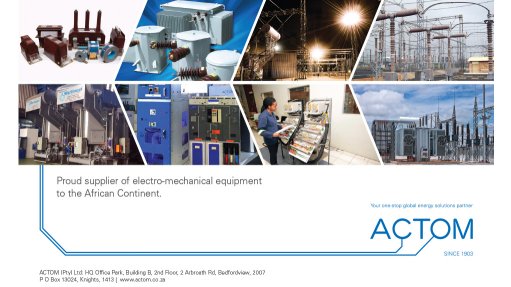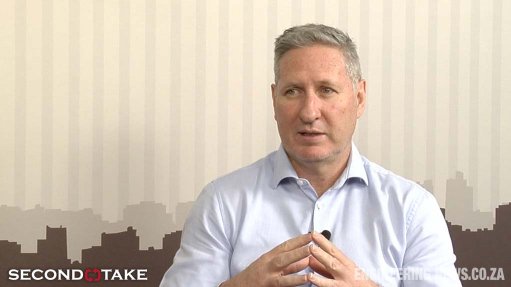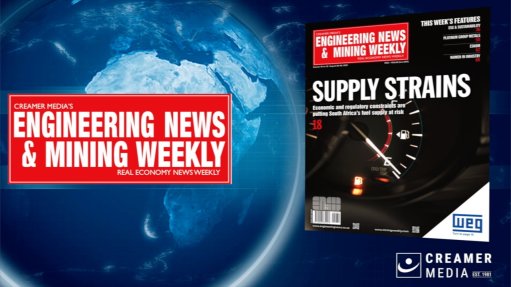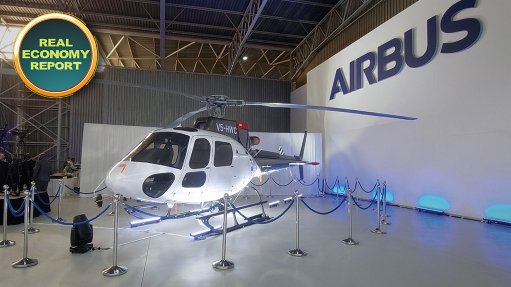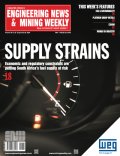Igniting Innovation: The Engineering Battle Against Fire
This article has been supplied.
Fire, by its nature, is notoriously unpredictable. It is difficult to model, even with multiple assumptions and many simplifications. So, what is fire, and why is it simultaneously so crucial and dangerous? Fire is the combustion of gases—known as pyrolysis gases—and combustion itself is defined as "a self-sustained, high-temperature oxidation reaction"
(V. Babrauskas, 2003).
This definition clarifies that it is not the material itself that combusts, but rather the gases it emits as it oxidises at high temperatures. Whether the material is a solid that decomposes or a liquid that evaporates, the resulting gas combusts upon ignition. Once ignited, the fire becomes self-sustaining, requiring no external energy to continue burning.
My journey into fire engineering was sparked by an event which occurred in my office building on a regular day during an otherwise uneventful week in my life. An unmaintained car in the parking garage caught fire when its owner tried to start it. The owner fled in panic, and the fire quickly consumed the vehicle. Fortunately, the garage was equipped with a fire suppression system that contained the blaze and saved the surrounding vehicles. However, the incident was not without casualty; a security guard suffered serious injuries from smoke inhalation while attempting to extinguish the fire with a handheld extinguisher. He was rushed to the hospital and, thankfully, made a full recovery.
From its discovery and controlled use by early humans, fire has been an essential tool for various purposes. Its ability to provide warmth, cook food, fend off predators, and facilitate the development of more advanced technologies such as the smelting of metals underscores its importance in human advancement. Moreover, fire's role extends beyond these traditional uses; in modern contexts, it is employed in controlled environments for energy production, waste management through incineration, and even in land management practices like controlled burns to maintain healthy ecosystems and prevent uncontrolled wildfires.
Fire is considered dangerous, as it can cause immediate physical harm and, in severe cases, death. It can swiftly consume buildings and other structures, leading to significant economic losses by destroying homes, businesses, and critical infrastructure. Additionally, uncontrolled wildfires have a profound impact on the environment, leading to the loss of vegetation and wildlife, soil erosion, and contribute to air pollution.
As engineers, we often say: "Prevention is better than cure". In the context of fire, the "cure" would involve protection and/or detection systems. But first, a fire risk assessment is crucial – it is the initial step toward fire prevention. By identifying the fire hazards using a Hazard Identification and Risk Assessment approach, we can evaluate the frequency, severity, and potential consequences of these hazards. Once identified, appropriate control measures can be implemented to prevent fires. Unfortunately, especially with unpredictable hazards, these control measures are not always completely effective, and fires may still occur. This is where the "cure" in the form of fire protection and/or detection comes into play.
Fire protection encompasses three engineering disciplines: Civil (passive fire protection), Mechanical (active fire protection), and Electronic/Electrical/Mechatronic (fire detection). Passive fire protection, designed by civil engineers, includes robust structural elements such as fire doors, and fire-resistant walls, ceilings, and floors. These are specifically engineered to contain fires by preventing the spread of flames and smoke, thereby protecting both life and property without any active intervention.
Active fire protection systems take a more dynamic approach. Designed by mechanical engineers, these systems detect the presence of fire and automatically engage to suppress it. Sprinkler systems, for instance, activate when a certain heat threshold is exceeded, discharging water or fire-retardant gases directly onto the flames. This not only controls but also aims to extinguish the fire, minimising damage and providing crucial time for evacuation. On the detection front, electronic/electrical, and mechatronic engineers design sophisticated fire detection systems that are crucial for early warning. These systems use various sensors – including smoke, heat, and carbon monoxide detectors – and can integrate advanced technologies such as infrared and ultraviolet flame detectors or video-based detection systems.
Together, these systems form a comprehensive approach to fire safety, each playing a critical role in the layers of protection they provide. From detection to containment and suppression, the integration of these systems ensures a robust defence against fire, significantly enhancing safety and reducing the risk of extensive damage in any environment. This multifaceted approach not only ensures compliance with safety regulations but also adapts to the specific needs of various structures, offering tailored solutions that are both effective and innovative.
When it comes to safeguarding against fires, a universal strategy simply does not exist. The complexity of fire protection and detection necessitates a tailored approach, best devised by a seasoned fire engineer. With extensive experience across a broad range of fire engineering disciplines, Proconics is uniquely positioned to offer a complete suite of services that covers every aspect of fire safety management. From the initial mapping of potential flame sources and analysing fire propagation to designing optimal detector placement and sophisticated suppression systems, we deliver end-to-end solutions.
Francisco De Freitas is a dedicated control and instrumentation engineer and has a decade of specialised experience in fire detection systems.
Comments
Announcements
What's On
Subscribe to improve your user experience...
Option 1 (equivalent of R125 a month):
Receive a weekly copy of Creamer Media's Engineering News & Mining Weekly magazine
(print copy for those in South Africa and e-magazine for those outside of South Africa)
Receive daily email newsletters
Access to full search results
Access archive of magazine back copies
Access to Projects in Progress
Access to ONE Research Report of your choice in PDF format
Option 2 (equivalent of R375 a month):
All benefits from Option 1
PLUS
Access to Creamer Media's Research Channel Africa for ALL Research Reports, in PDF format, on various industrial and mining sectors
including Electricity; Water; Energy Transition; Hydrogen; Roads, Rail and Ports; Coal; Gold; Platinum; Battery Metals; etc.
Already a subscriber?
Forgotten your password?
Receive weekly copy of Creamer Media's Engineering News & Mining Weekly magazine (print copy for those in South Africa and e-magazine for those outside of South Africa)
➕
Recieve daily email newsletters
➕
Access to full search results
➕
Access archive of magazine back copies
➕
Access to Projects in Progress
➕
Access to ONE Research Report of your choice in PDF format
RESEARCH CHANNEL AFRICA
R4500 (equivalent of R375 a month)
SUBSCRIBEAll benefits from Option 1
➕
Access to Creamer Media's Research Channel Africa for ALL Research Reports on various industrial and mining sectors, in PDF format, including on:
Electricity
➕
Water
➕
Energy Transition
➕
Hydrogen
➕
Roads, Rail and Ports
➕
Coal
➕
Gold
➕
Platinum
➕
Battery Metals
➕
etc.
Receive all benefits from Option 1 or Option 2 delivered to numerous people at your company
➕
Multiple User names and Passwords for simultaneous log-ins
➕
Intranet integration access to all in your organisation
















